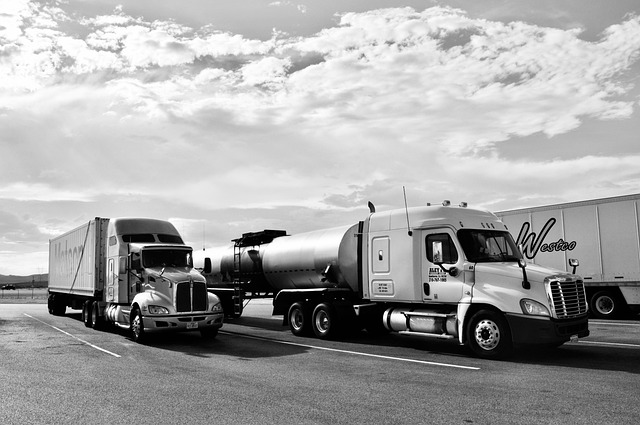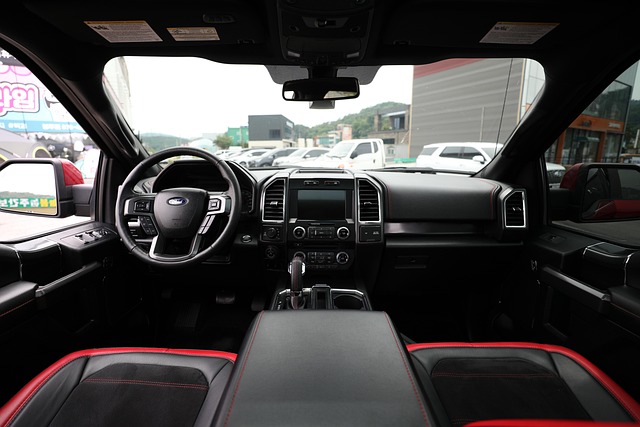Looking to register your car in California? This comprehensive guide walks you through every step, from understanding key requirements for car registration in California to finalizing the DMV registration process. Learn how to gather necessary documents for crucial DMV VIN verification and prepare your vehicle for inspection and title transfer. By following these steps, you’ll have a smooth and efficient experience.
- Understand the Requirements for Car Registration in California
- Gather Necessary Documents for DMV VIN Verification
- Prepare Your Vehicle for Inspection and Title Transfer
- Complete the DMV Registration Process Step-by-Step
- Finalize and Maintain Your California Vehicle Registration
Understand the Requirements for Car Registration in California

Before registering your car in California, it’s crucial to understand the requirements set by the Department of Motor Vehicles (DMV). To start, your vehicle must be legally imported and meet all safety and emissions standards. The process involves several steps, including providing proof of insurance, passing an emission test, and completing a DMV application form. One key step is the DMV vin verification, which ensures that the Vehicle Identification Number (VIN) on your car matches the records in their system.
Additionally, for added convenience, many Californians opt for a mobile vin inspection or mobile vin verifier service. These services allow you to have the VIN of your vehicle checked remotely, saving time and effort. This verification is essential not just for registration but also for renewing your registration and transferring ownership, ensuring that every aspect of your car’s history is accurately documented with the DMV.
Gather Necessary Documents for DMV VIN Verification

Before heading to the California Department of Motor Vehicles (DMV), ensure you have all the necessary documents for a successful dmv vin verification. This process, often referred to as vin inspection, is a crucial step in registering your vehicle. Gather your vehicle’s registration certificate from its previous state, if applicable. You’ll also need the title, which proves ownership, and a valid driver’s license or ID card.
Additionally, for a seamless mobile vin verification process, have your vehicle’s unique identification number (VIN) readily available. Many mobile vin verifiers can assist with this task. It’s advisable to check with your local DMV branch regarding any specific requirements, as they may vary slightly. Having these documents prepared will save you time and ensure a smoother registration experience in California.
Prepare Your Vehicle for Inspection and Title Transfer

Before heading to the California DMV for registration, ensure your vehicle is ready through a thorough inspection. This includes checking that all lights, wipers, and horns function correctly, as well as verifying the condition of your tires and brakes. A clean and well-maintained vehicle will make the process smoother.
For convenience, consider using a mobile vin verifier or scheduling a mobile vin inspection to handle the necessary paperwork and complete the DMV’s vin verification process remotely. This saves time and effort, especially if you’re transferring an out-of-state title. Make sure your vehicle’s documentation is up-to-date, including any recent maintenance records, as these will be crucial during the registration and transfer of ownership.
Complete the DMV Registration Process Step-by-Step

Follow these straightforward steps to complete the DMV registration process for your car in California. Start by gathering all necessary documents, including your vehicle’s registration certificate from the previous owner, proof of insurance, and a valid driver’s license. Next, visit your local California DMV office or use their online services to initiate the registration. You’ll need to provide detailed information about your vehicle, such as make, model, year, and color, along with your personal data.
A crucial part of this process involves the DMV VIN verification, ensuring your car’s unique identifier—the Vehicle Identification Number (VIN)—is legitimate and matches the details on record. You can facilitate this step using a mobile vin verifier or arrange for a mobile vin inspection to streamline the process. Once all information is verified, you’ll be guided through the payment process for registration fees. Ensure your vehicle passes safety and emissions tests if applicable before finalizing your registration.
Finalize and Maintain Your California Vehicle Registration

Once your California vehicle registration is finalized, it’s crucial to understand how to maintain it. This involves regular updates and verifications that ensure your information remains accurate with the Department of Motor Vehicles (DMV). One essential step is conducting a DMV VIN verification, which can be efficiently handled by utilizing a mobile vin verifier or undergoing a mobile vin inspection. These services simplify the process by cross-referencing your vehicle’s unique identification number (VIN) against the state’s records.
Regularly updating your registration details, including address changes and ownership transfers, is vital to avoid penalties. Additionally, staying vigilant about any discrepancies in your vehicle’s information can help prevent potential issues down the line. By keeping your California vehicle registration up-to-date and utilizing available tools like mobile vin verification services, you ensure a smooth driving experience.
Registering a car in California involves understanding specific requirements, gathering essential documents for DMV VIN verification, preparing your vehicle for inspection and title transfer, completing a step-by-step registration process, and finalizing maintenance. By following these straightforward steps, you’ll ensure a smooth and efficient car registration experience in the Golden State.
